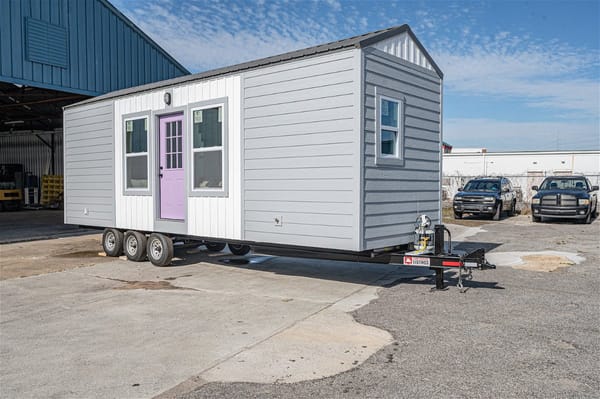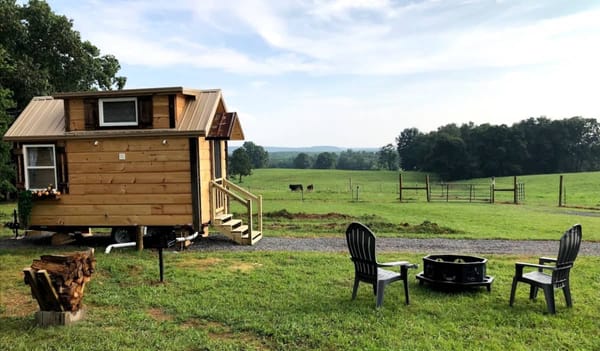How To Make Your Tiny Home Off-Grid
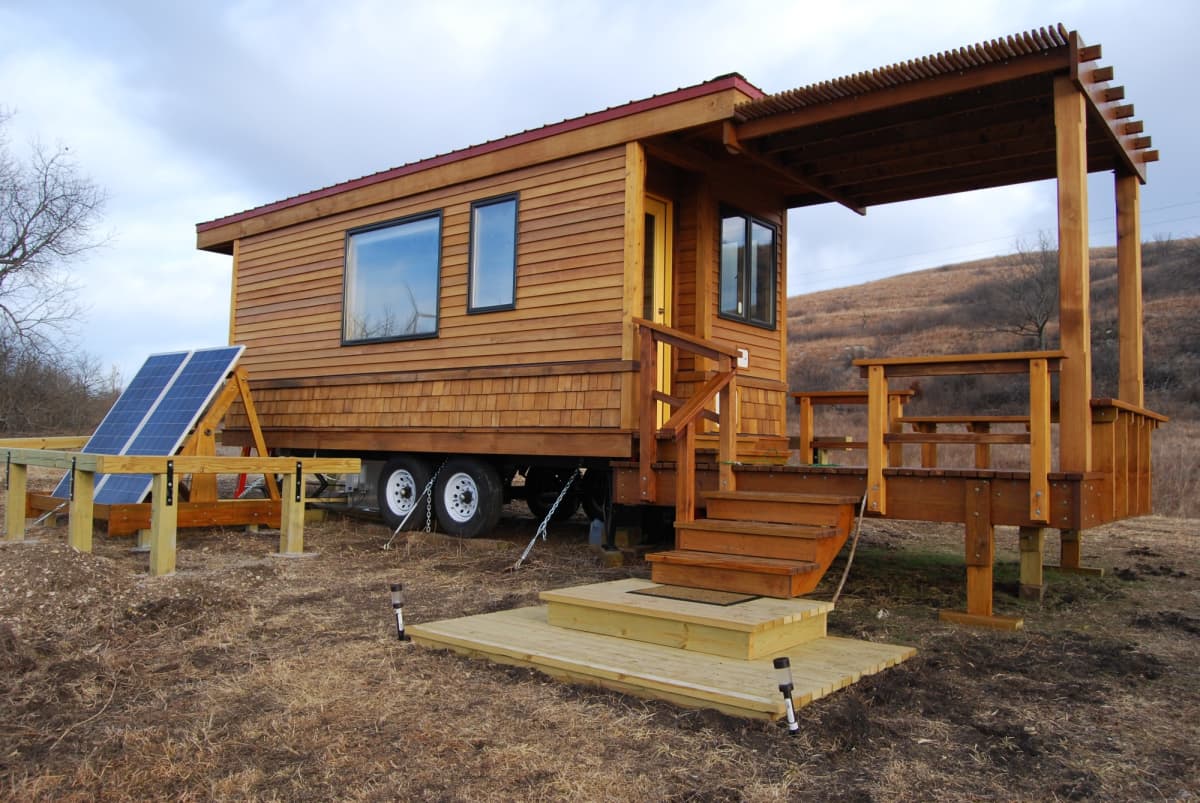
As the housing market continually booms, the tiny house movement is growing at a rapid rate too. With home prices increases, the need for affordable options grows as well. Tiny homes are more affordable than the average home, and it comes with perks like move-ability and the option to be off-grid. Having the ability to move your home pretty amazing, and if your home can function off-grid, then you can truly go anywhere.
Is your dream to live in the woods near a creek and miles from town? Or maybe you have always wanted to build a home on your family property but there is no running electricity at your exact spot. By having an off-grid tiny home, almost any location with sunlight is possible.
By living off-grid, you are reducing your carbon footprint and saving on energy bills. Some items may seem more expensive at first, but once you are set up for an off-grid living, the investment will be worth it overtime.

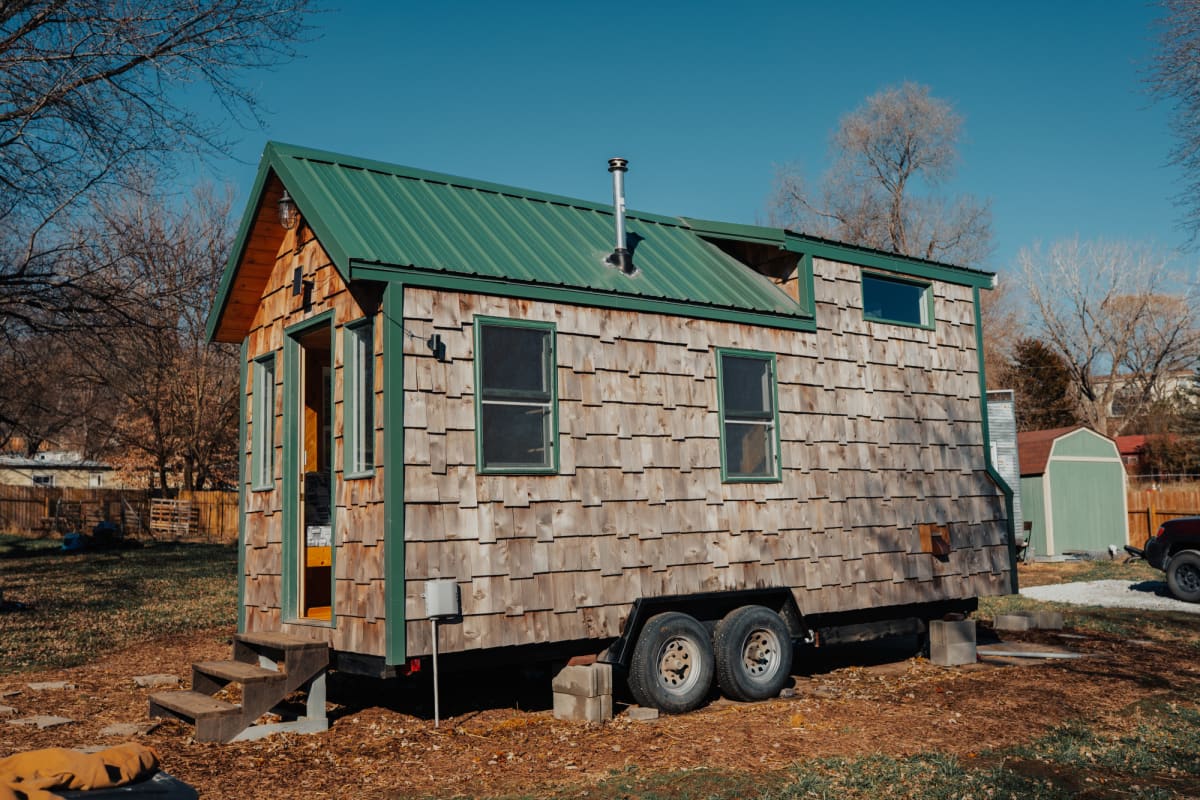

How to make your tiny home off-grid
Solar Panels
Solar power is your key to having electricity work off-grid. If planned properly and placed in a location with direct sunlight, solar power can easily be all you need for off-grid living. There are even tiny house solar kits you can buy that are specific for powering a tiny home making it super easy to calculate your power needs. The great thing about solar power beyond its off-grid capabilities is that it is the most eco-friendly power option. By harnessing the natural energy from the sun, you can feel good about saving natural gases. Generators are a good option for a backup, but if you live in a place with sunlight, solar should be enough.
Energy Efficient Appliances
When you are building your tiny home and selecting appliances, you will want to spend extra to have the most energy-efficient options possible, as well as the most space-efficient. By purchasing energy-efficient items, you are ensuring your solar energy can power everything you need. For example, it is popular to get a washer-dryer combo for your laundry, rather than 2 full-size appliances. In your kitchen, you have the option of electric cooktops, or you can also opt for propane gas appliances.
Propane
Many tiny homes use both electricity and propane. Propane is mostly used for water heaters, heating your tiny home, and ovens or stoves. Propane tanks can be easily refilled every few months, or even longer depending on your usage. Propane is undeniably the best for heating and it doesn’t take a lot. You can calculate your consumption to determine the best tank size for your home.
Energy Efficient Lighting
LED lighting is the most efficient lighting option drawing only a few watts, and the most sustainable because LED lights can last 20+ years. It is also smart to be strategic with your lighting design so that you can efficiently use lighting where you specifically need it.
Insulation
Preparing your tiny home for off-grid living starts with the bare bones. You will want to properly insulate during the initial building to ensure your tiny home maintains temperature. If you insulate the floors, walls, ceilings, doorways, and windows to the best of your ability, then you can keep heat in when it’s cold, or vice versa. This will save you on having to use power for running heaters and air conditioning units all the time.
Windows
Despite being 400 square feet, many tiny homes have 6+ windows. By having more windows, you are allowing in more natural light, requiring less power use during the day. Having a lot of windows and natural light will make your small space feel larger. When choosing your windows, you will want to make sure you get top-rated energy-efficient windows with good insulation. These types of windows will bounce sunlight back rather than heating up your home, and should not allow any drafts.
Water
When going off-grid, you will want to ensure your water tank is full. You will want to choose a system that is easy to refill as needed. Depending on the size though, water can go faster than planned. Depending on where you live, you can recycle rainwater in tanks to be used. There are many systems to choose from.
Toilet
When building a bathroom in a tiny home, you will most likely use the same concepts as an RV. You will have a grey tank that needs to be emptied every so often. For a toilet, you can purchase a composting toilet that needs to be emptied every so often.
Many tiny homes run on a hybrid off-grid. They can be off-grid when needed, or have the option to connect to shore power or water, similar to how RVs operate. Even if you don’t choose to use all the off-grid features all the time, having the option is a great feature. It gives you the freedom to travel and enjoy your home from anywhere.
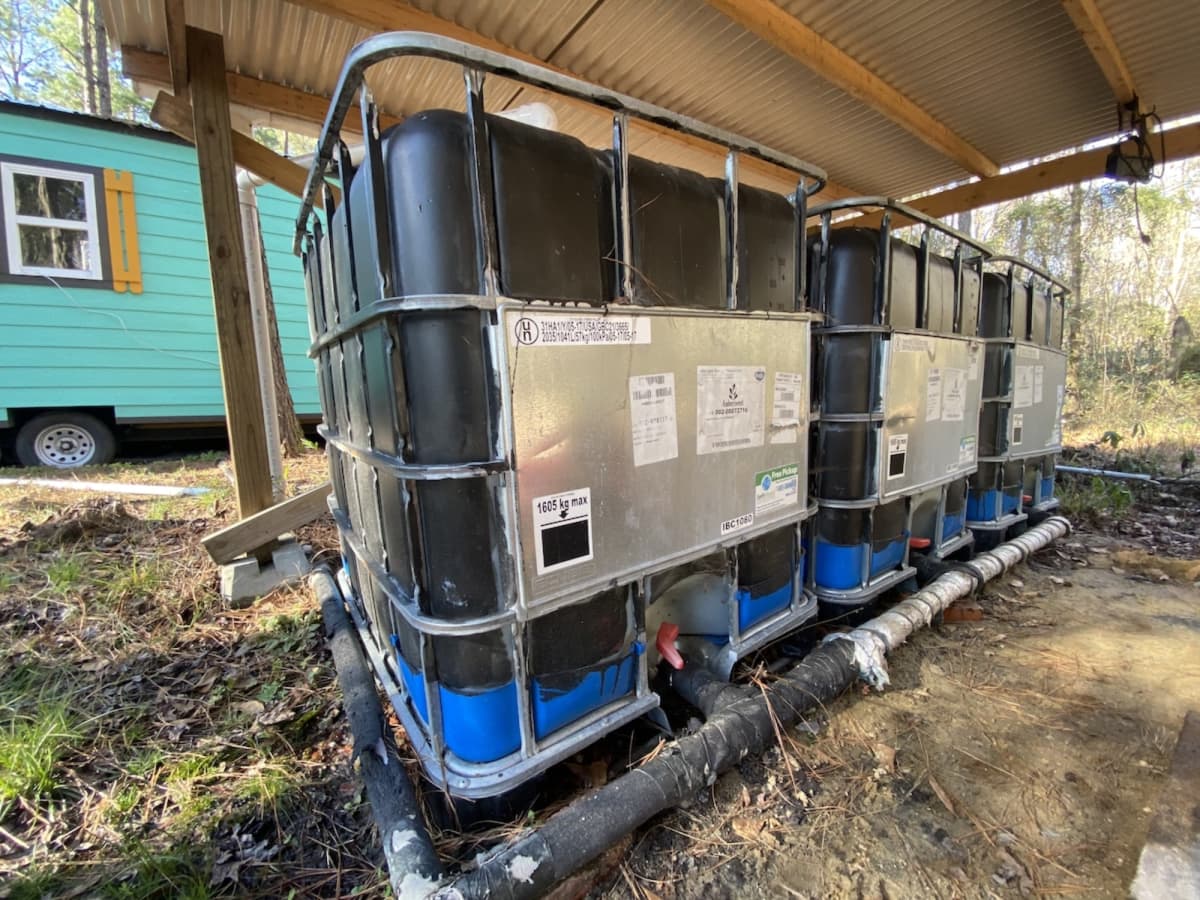
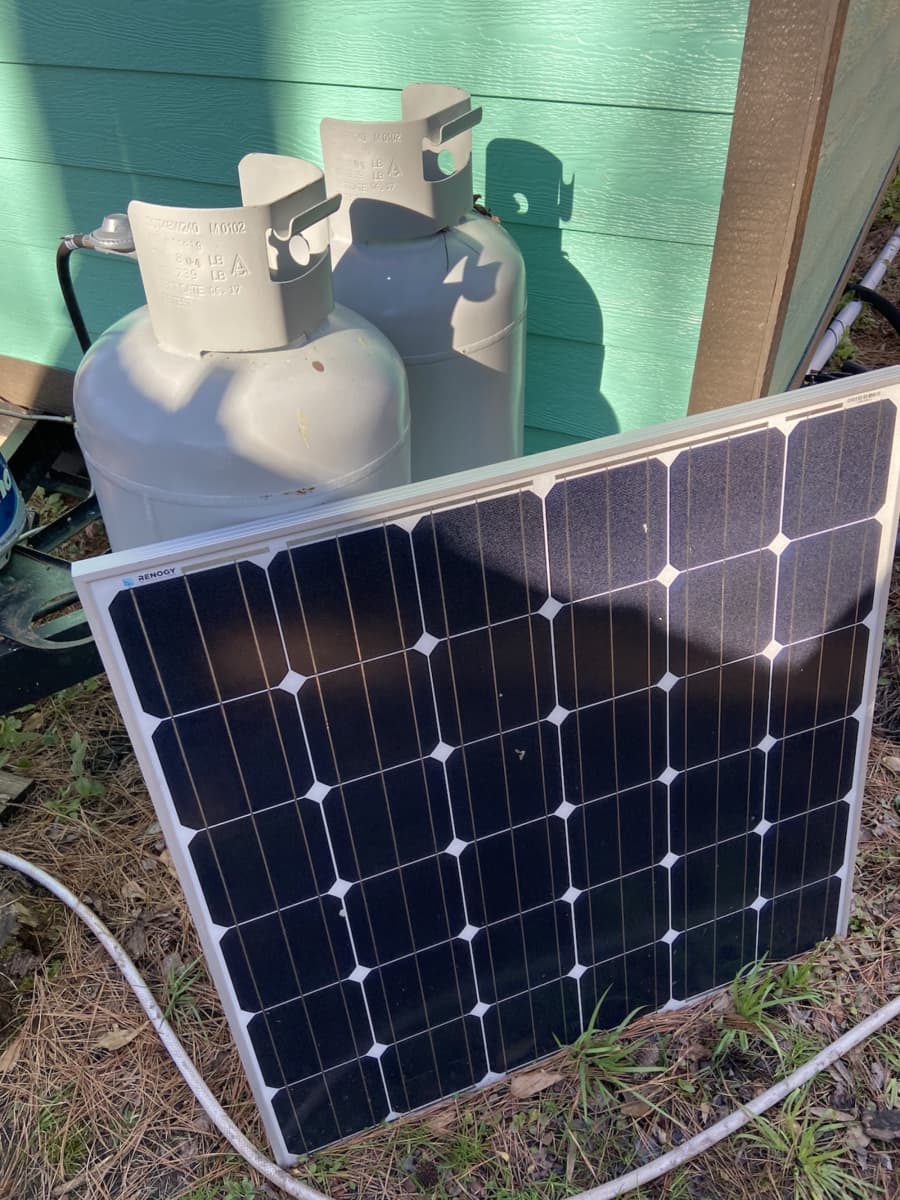
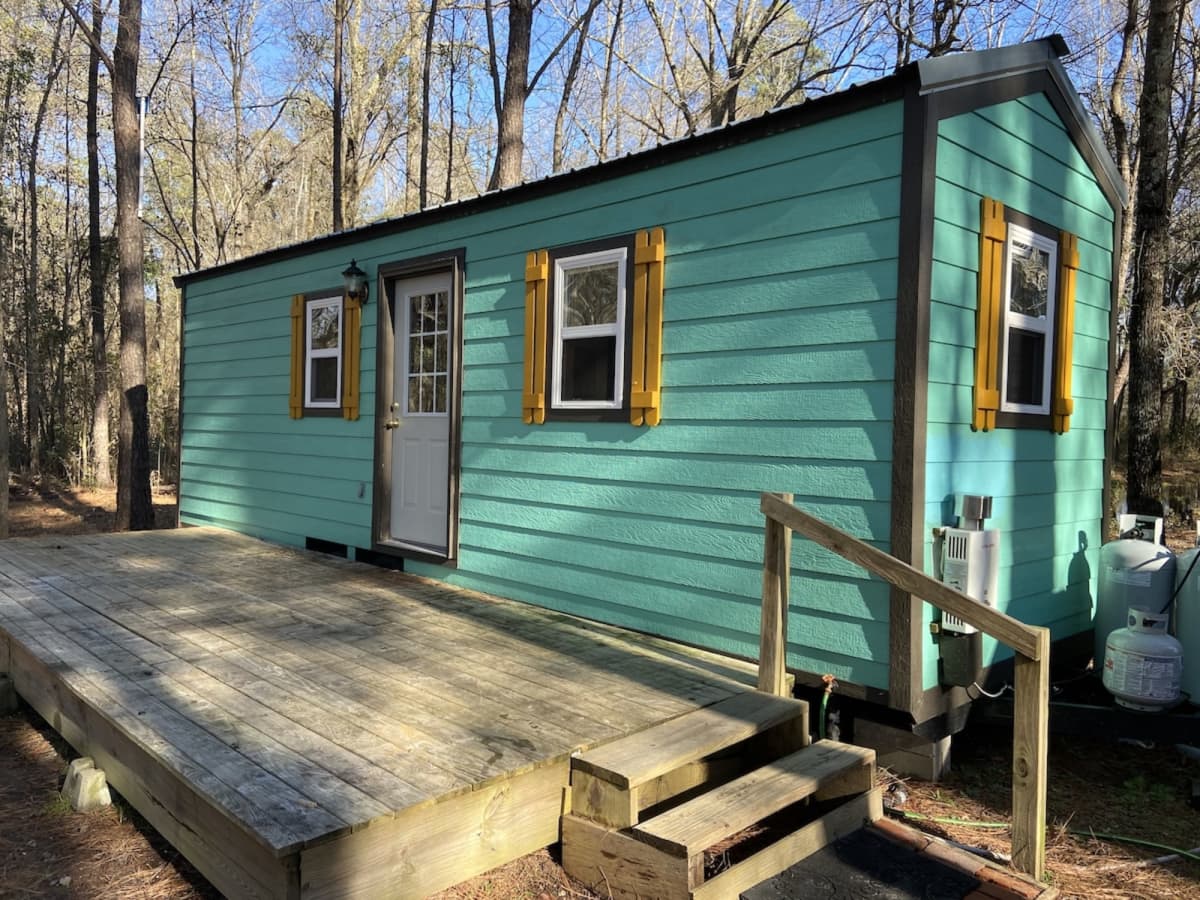
Check out this off-grid tiny home for inspiration, or browse our full selection of tiny homes to find your dream house today.

